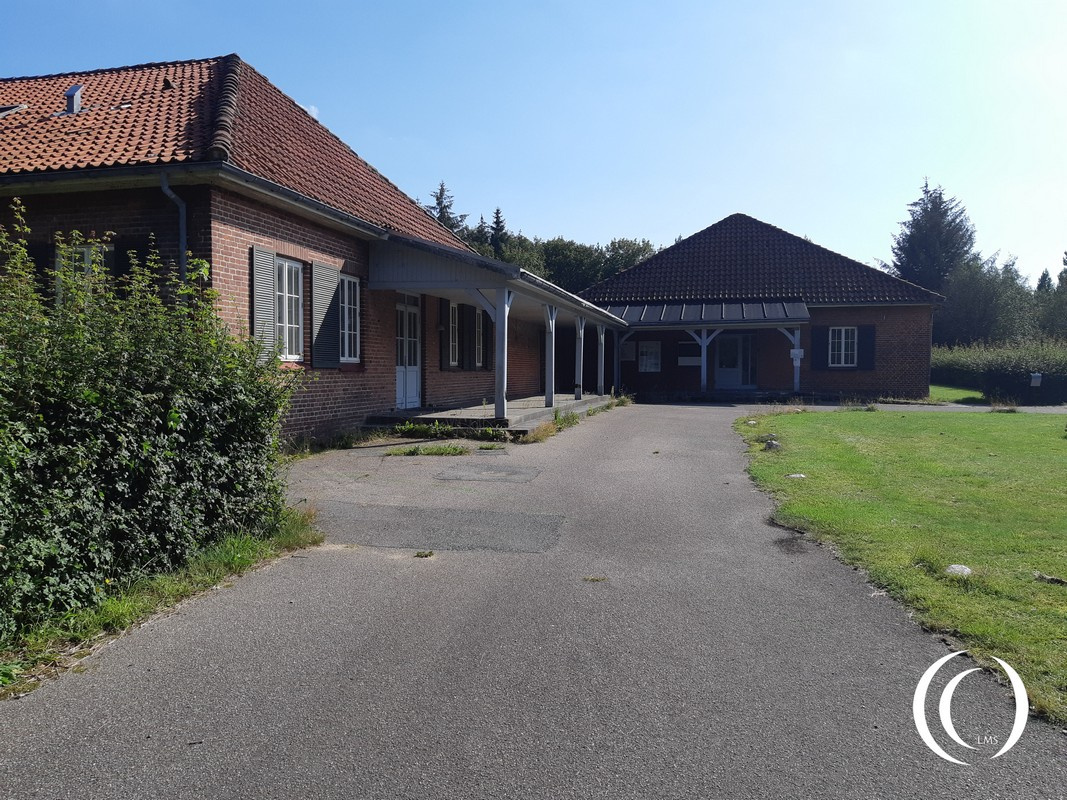
Exodus
Spring 1945, the war is coming to an end, borders in Eastern Europe are determined anew. Russia wants a bigger buffer between Germany, Poland is annexed, well about half of it. Poland annexed a part of Germany; it came down to Poland shifting its borders, about the half the size of the country, to the west. German civilians are forced out, killed, raped and robbed from their homes. Unknown to the masses but it is the biggest exodus in modern times, 12 million Germans had to seek a new home, a new place to live. Besides Poland they came from Czechoslovakia and the Soviet Union for the largest part, but most countries in Europe participated in sending German civilians away from their lands.

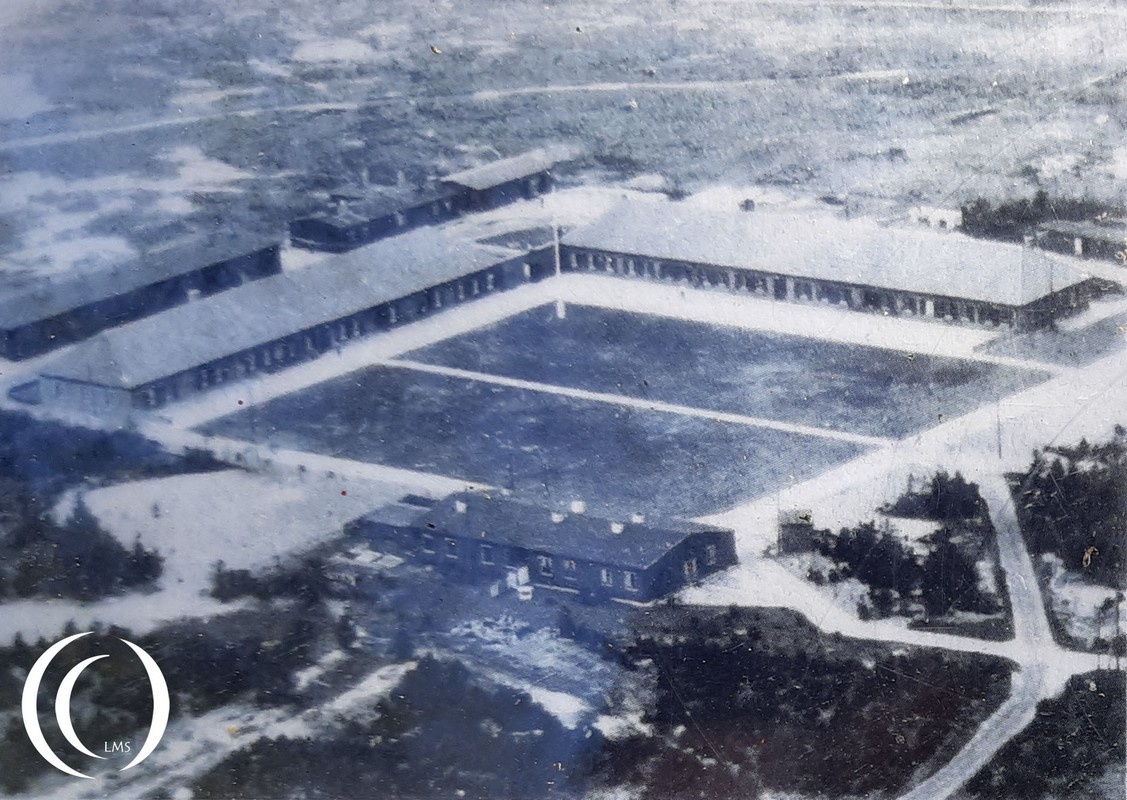
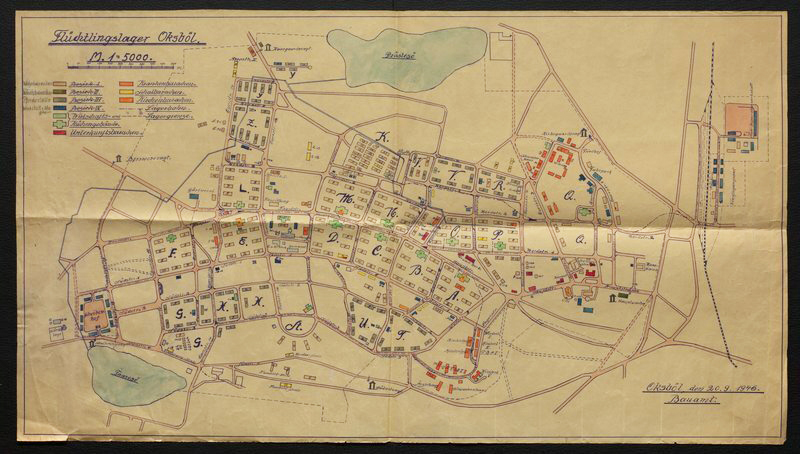
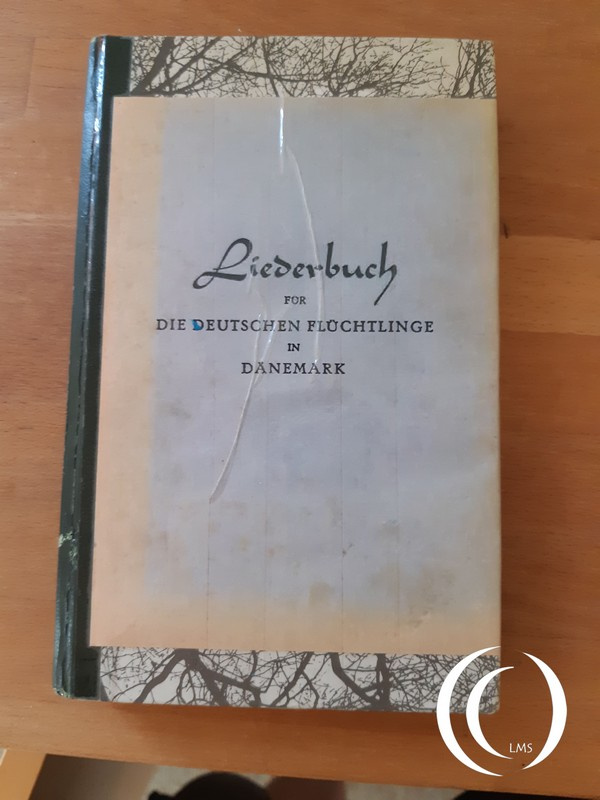
Oksbol refugee camp
Operation Hannibal helped refugees to flee, they were transported from Poland by sea to Denmark and divided over a hundred refugee camps. 250.000 refugees ended up in Danmark. The largest concentration was situated near the town Oksbøl, 20 kilometres north of Esbjerg. Over 35.000 Germans in this camp made Oksbøl the 5th largest city of Denmark out of the blue. Most of the civillians were old people, women and children. Contact with the Danish was not allowed, and it was forbidden to learn the Danish language.
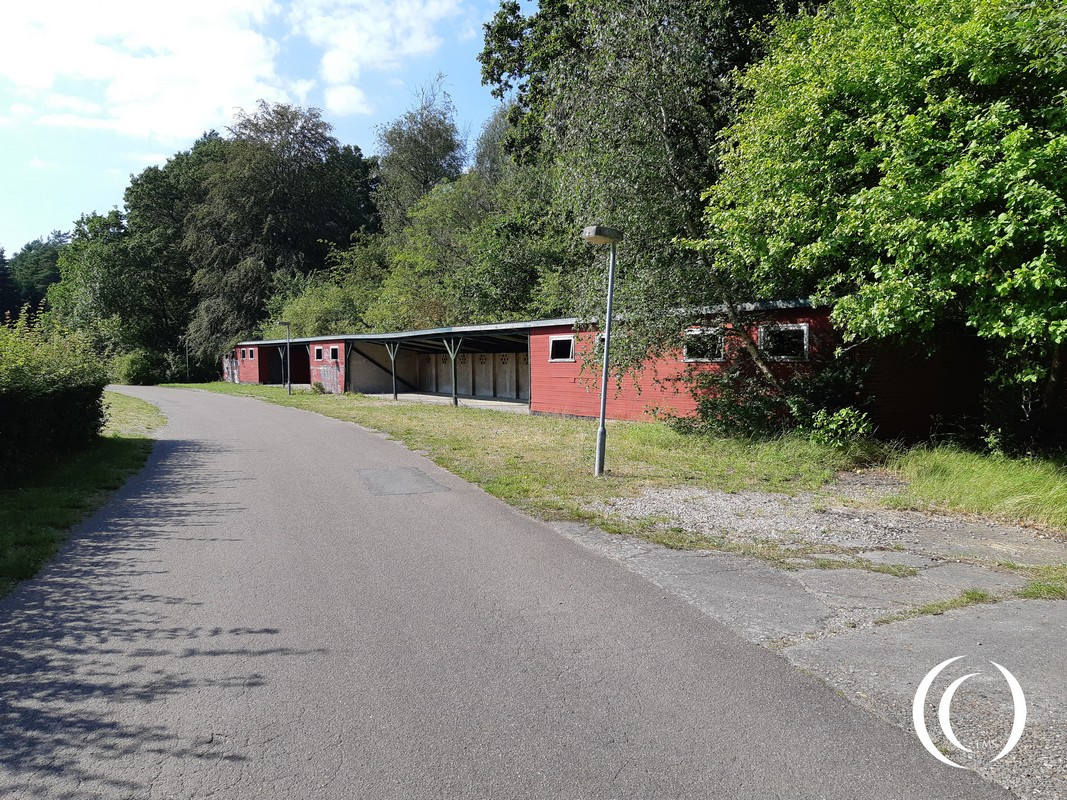
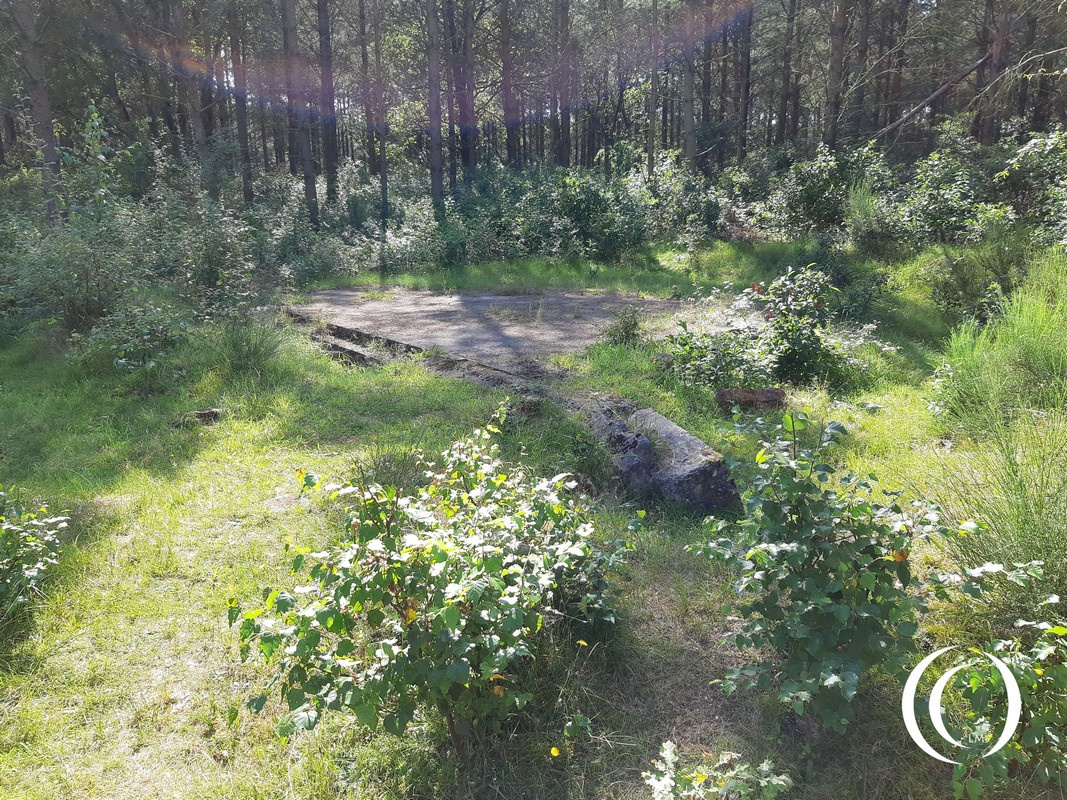
The site today
Only a few remains are left today like the former lazaret on the camp, set up in 1941 by the Wehrmacht during the occupation of Denmark. Denmark fell to German hands in in April 1940 during Operation Weserübung. Before the Germans took over the place it was a Danish military base, set up in 1929.
There are remnants, foundations or markers of buildings, church, casino, and there is the fire control bunker, the fire post.



Layout
There were about 200 barracks left behind from the Wehrmacht period for 15.000 men and there were 80 horse stables. For the over 35000 refugees the camp had to be extended to house the other 20.000 civilians. A school was set up next to an administration building, a senior citizens house, a prison and a cemetery. Kinder garden, grammar school and high school, kitchens and a cinema, it was a town on its own. When you reached the age of 14 you had to work in the camp. Close to the former lazaret / hospital is a cemetery were a great number of German refugees are buried together with German Soldiers.
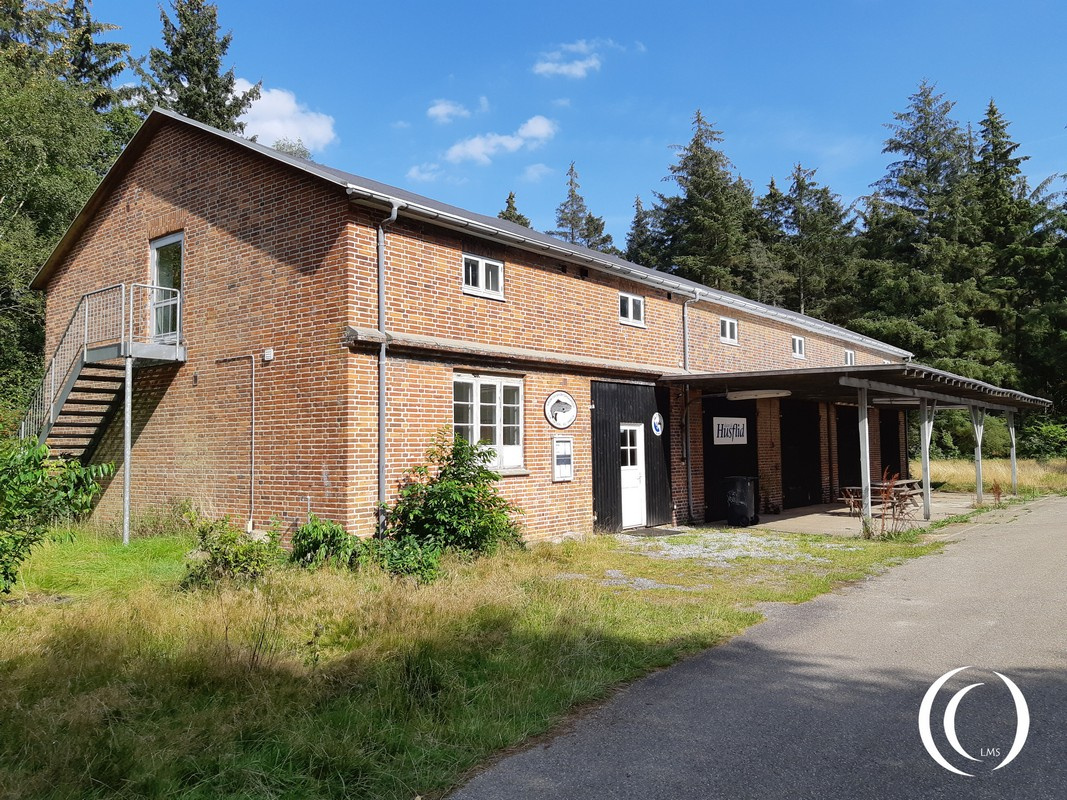
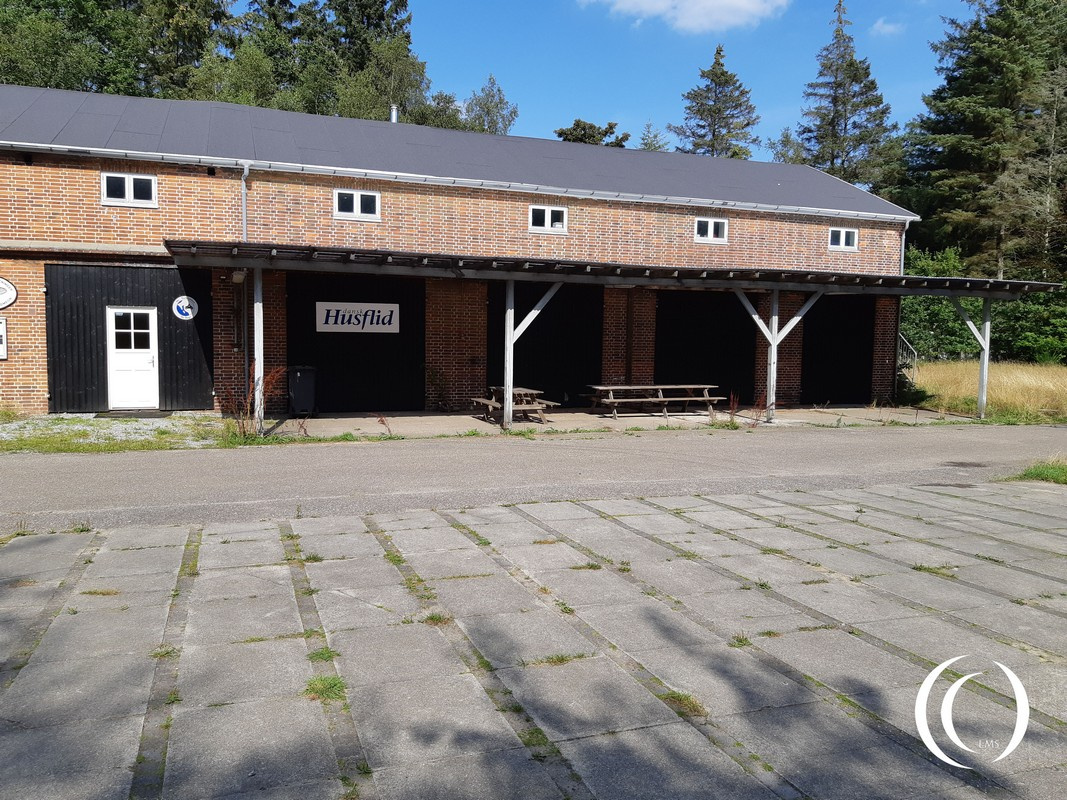
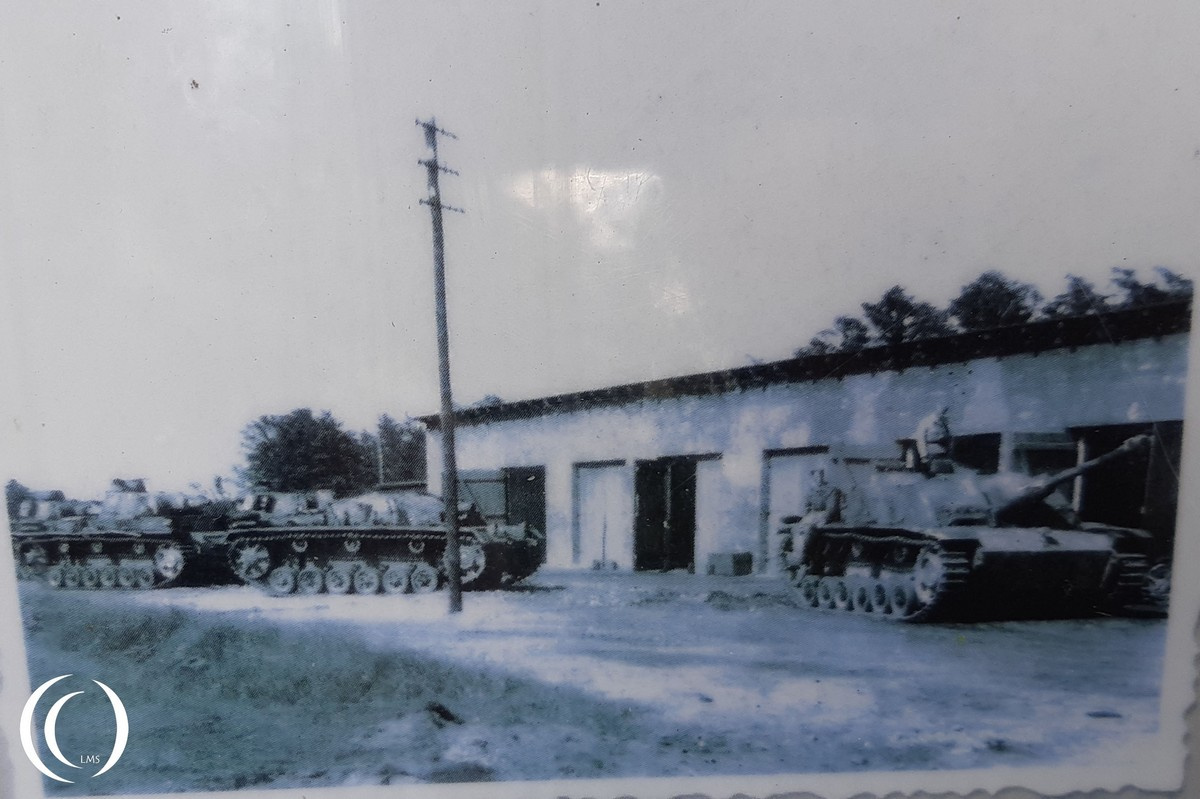
Closure
After the last refugees left the camp in 1949 the lazaret was re-used by the Danish army again. The camp was stripped down and materials sold. When the army left the compound the lazaret was turned over into youth hospital but it was closed and abandoned on our arrival. In 2019 the building was transformed into a museum about the camp.


Aftermath
We had a chat with a guy next to the hospital who served in the Danish army in the 70s at this location. He told us that there were investigations on the high Child death in the camp after the war. There was too little medical support for the refugees which resulted in a high death rate amongst the youngest in the camp.In 1945 alone 13.000 people died, 7.000 of them were children. It is said that most of the deceased had curable diseases.

Visit
The lazaret/ hospital/ youth hostel is transformed into a museum named Flugt – Refugee Museum Danmark. There are flyers in different languages next to the building with a walking route into the woods where you will pass locations of the former refugee camp. The most are leftovers from the former buildings. Our visit was in 2019, check out the website and museum for up to date info.
Set your navigation on Oksbol Varde because there is more than one Oksbol in Denmark.
My mom, grandma and family were refugees there coming from East Prussia. She was so terrified about the stay there, she never wanted to talk about it. She referred to it as Hell
So leid. My family were also forcibly interned there, My auntie died there aged 17, no food, no medicine, no winter clothing
A complete story about this scandal
https://www.spiegel.de/international/denmark-s-myths-shattered-a-legacy-of-dead-german-children-a-355772.html
Its now a museum. Im planning a trip there in Spring with my mom, who was there as a toddler with her family. Really looking forward to it. Even though she was very young, she still has some memory of the place.
Wow. My mom arrived there in May 1945 at age 14 with her mom, little brother, aunt, and others. She and her immediate family were allowed to leave inNovember, 1947 to resettle in West Germany. She with a husband and 2 little kids came to Canada in 1953. I have some written stories that she later wrote about her was experience including the flucht and the time in Oksbol.